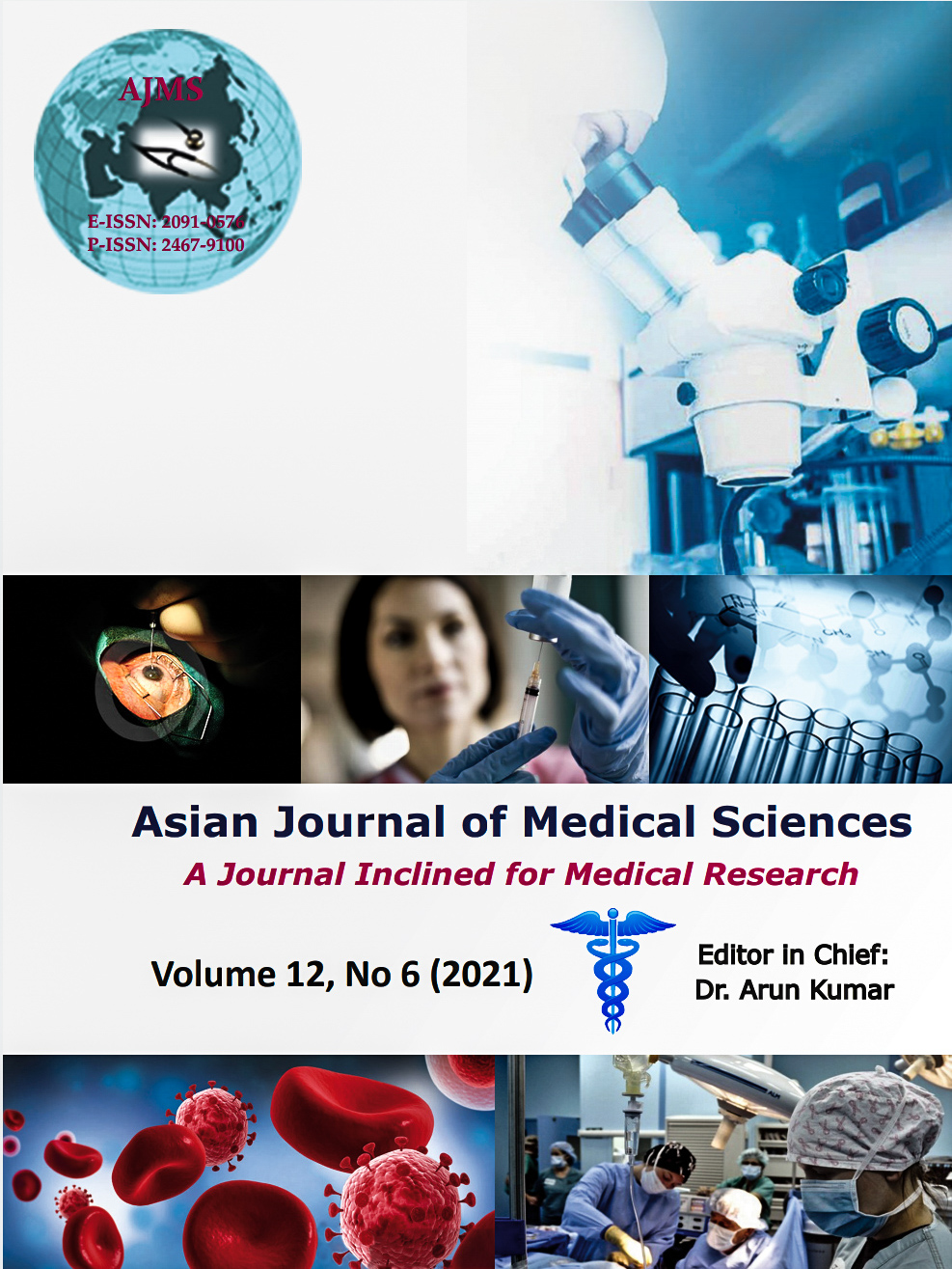Approximate composition analysis and nutritive values of different varieties of edible seeds
Keywords:
Seeds, Nutritive values, Approximate composition, Heavy metalsAbstract
Background: The Dietary Guidelines for Americans (DGA) 2015-2020 supports that healthy eating patterns should include a variety of vegetables from all five of the following vegetable subgroups: dark green, red and orange, legumes, starchy, and others.
Aims and Objective: To determine the approximate composition and nutritive values of edible portions of different varieties of popular seeds and to identify the heavy metals contents of these seeds.
Materials and Methods: Five different seeds were collected from traditional supermarkets in Benghazi. Moisture and Ash contents in the samples were determined by A.O.A.C method. Total fat and the crude protein content in the seed sample were measured by using soxhlet extraction, and the Kjeldahl method of AOAC, respectively. The mineral content in seeds also determined by Atomic Absorption, spectrophotometer.
Result: Five different seeds (pumpkin, sunflower, watermelon seeds, corn and chickpea) were analyzed for determination their protein, fat, energy and moister contents. The highest and signifi cant protein contents found in sunflower seeds 27.5% (p=0.001) whilst the lowest content was observed in corn. The highest fat and carbohydrate contents found in sunflower seeds and in the corn, 50%; 50% (P= 0.014) and (72.4%) (P=0.0005) respectively. In compared to other seeds, the moisture contents of pumpkin seeds presented the highest amount with signifi cant values (p=0.0001). The energy contents of sunflower seeds were the predominant value 626.28 kcal/100 g followed by both pumpkin seeds and watermelon seeds 591.2 and 585.89 kcal/100g respectively. The ash content of pumpkin seeds was approximately 5.87%. Furthermore, Pumpkin seeds had higher amounts of potassium 871 mg/100g, and watermelon seed was the highest sources of calcium (86 mg/100g) than other seeds. Magnesium, Iron and copper signifi cantly found higher in sunflower seeds.
Conclusion: Overall seeds could be one of the good sources of food staple for macro and micronutrients, and may have health and economic benefi cial. Consumption of such seeds should be at recommended levels due to presences some quantities of lead and cadmium,which could have detrimental health effect.
Downloads
Downloads
Published
How to Cite
Issue
Section
License
Authors who publish with this journal agree to the following terms:
- The journal holds copyright and publishes the work under a Creative Commons CC-BY-NC license that permits use, distribution and reprduction in any medium, provided the original work is properly cited and is not used for commercial purposes. The journal should be recognised as the original publisher of this work.
- Authors are able to enter into separate, additional contractual arrangements for the non-exclusive distribution of the journal's published version of the work (e.g., post it to an institutional repository or publish it in a book), with an acknowledgement of its initial publication in this journal.
- Authors are permitted and encouraged to post their work online (e.g., in institutional repositories or on their website) prior to and during the submission process, as it can lead to productive exchanges, as well as earlier and greater citation of published work (See The Effect of Open Access).




